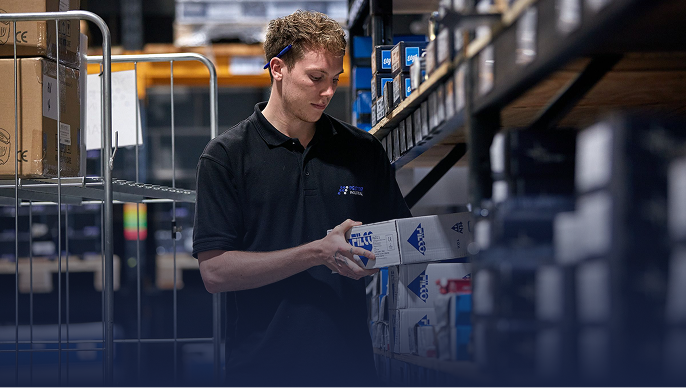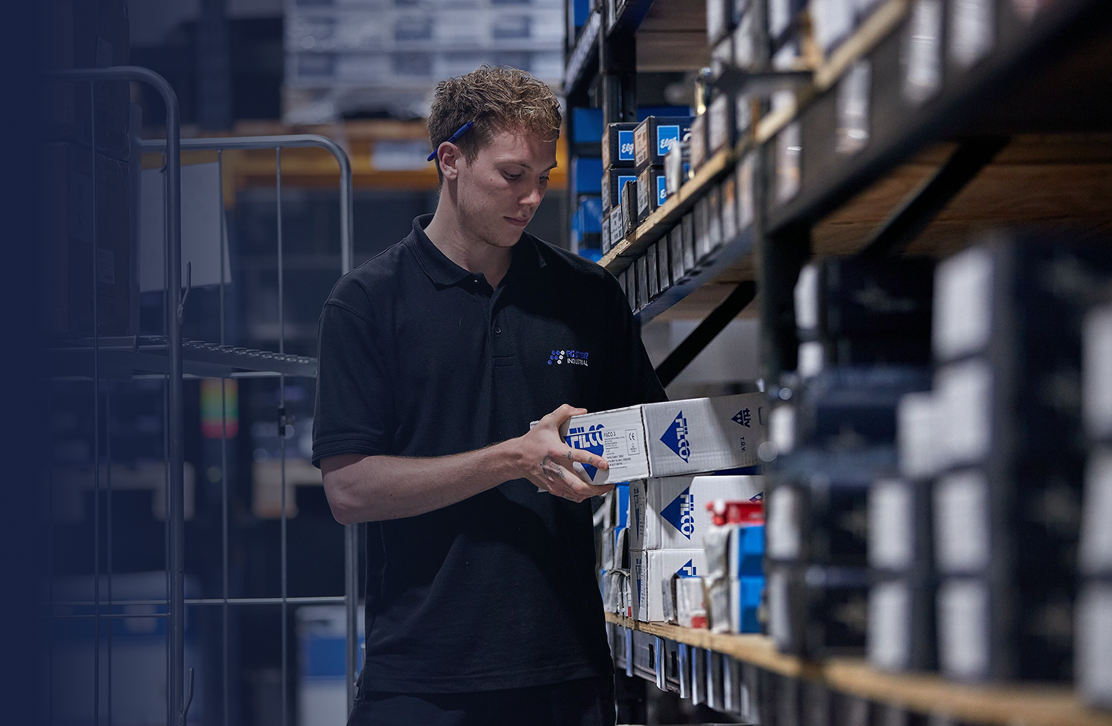Get in touch
Mig Welders
We've hand picked a range of MIG welders brands such as Miller, EWM & Fronius and our very own range of MIG welding machines. Choose from lightweight inverters, compact MIG's, heavy duty industrial and synergic pulse MIG welder options.
MORE ABOUT MIG WELDERS
MIG welding machines are renowed for their fast and efficient use. With a MIG machine you use a fed wire through the contact tip of your welding torch, the wire will meld down and join two pieces together. You can adjust the wire spool in the wire feeding mechanism in the machine, dependent on the instructions from the manufacturuer.
The MIG welding process uses a layer of gas which protetcs the weld pool from atmospheric interefences including oxygen and water vapour. The gas with be from a cylinder attached to the MIG welding machine. Common gases used in MIG welding include Argon, Carbon Dioxide and Helium.
The settings on the machine will determine the electrical polarity, voltage and wire feed speed. These regulators will help you better control the weld, dependent on the metal you're welding. In short you feed a consumable electrode onto the wire spool, attach the gas and adjust the regulaor settings and begin to run the welder. A trigger switch is located under your pointing finger to execute the weld.
What are the benefits of MIG welding?
1. Easy to use
MIG welding is known for its ease of use, particularly for beginners into welding.
2. High quality
Despite the process being a quicker one, there is no compromise in the quality executed when welding. MIG welding is free from slag and flux, resulting in less chipping after welding which saves time and increases efficiency.
3. Long passes
Due to the control you have over the amount of electrode you are using you can use it as a bigger wire spool if you have a long joint.
4. Higher Penetration
The MIG welding method is popular for a higher penetration with rapid heaT and deep weld, it provides a stronger weld regardless of the type of material you are welding.
MIG welding machine options
If you're looking at welding between 5 to 12 mm diameter metal, the Miller Migmatic Compact range of MIG machines are extremely popular.
With no fewer than nine models in the Miller Migmatic portfolio, from the entry level 175 welding 5 mm diameter on single phase to the heavy duty Migmatic 380 welding 12mm on three phase power, customers are able to weld aluminium or stainless steel with more ease by upgrading to the Migmatic 260i synergic & 300ip pulse synergic models.
For many years, MIG welding machine options were limited to weighty, transformer based power sources, then came synergic pulse and inverter technology with their ease of use & power saving. The broad spectrum of machines now available is truly astounding-we've narrowed it down a range to inverters & synergic pulse MIG welders in 110, 240 & 415 volts. This is not our complete range, but we like to keep things simple !
What is the advantage of Aluminium Push-Pull MIG welding systems?
When aluminium MIG wire needs to be fed over distance, it's softness dictates the need for two feeding motors; a torque feed motor & a slave motor in the welding torch. This is called push-pull.
Typically, you would see push-pull equipment being utlised in the transport sector, where welders need to climb inside a body or carriage and are a good distance from the power source and feeder, due to portability. We sell & support Miller's AlumaFeed Synergic Welding Systems within this sector, as the feeding is excellent & equipment extremely robust.
Selecting the correct MIG welder for your application
If you require more help in assessing which MIG welding equipment is suitable for your appication read our aticle on Choosing the right MIG welder. Our experts offer key pointers & features within our welding machine offering, to help narrow down your choice.
After Sales Trade Services for MIG welding machines
Crucially, all of our MIG equipment is supported by our service & repair team, with trained engineers supporting with either in the field visits or at our HQ.
Where quality assurance is a consideration, Welding equipment calibration to standard BS EN IEC 60974-14 can be undertaken.
























